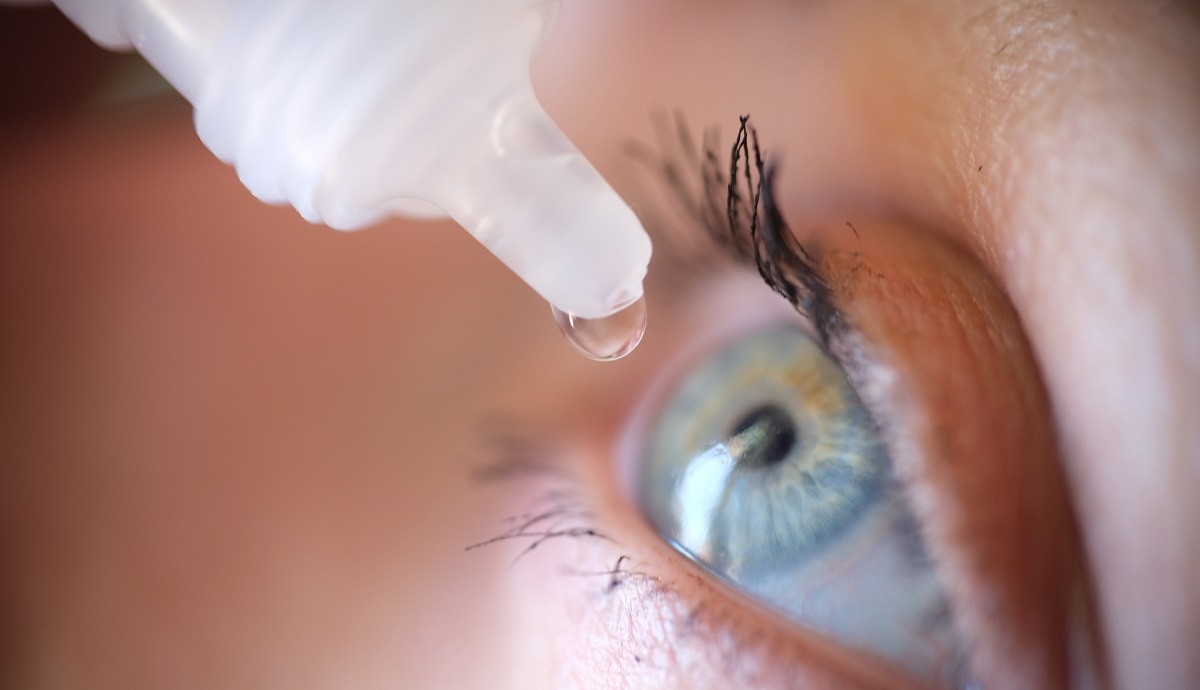After largely pausing onsite facility inspections during the COVID-19 pandemic, the U.S. Food and Drug Administration (FDA) has resumed this type of oversight in the past 18 months. However, several recent in-market events involving contaminated eye drops have brought to light some shortcomings with the inspection system and a need for more due diligence from manufacturers, retailers, and other stakeholders in the product lifecycle.
Challenges and potential solutions
In February 2023, a drug-resistant bacterial strain was detected in several brands of eye drops, prompting the FDA to issue consumer warnings and the manufacturers to issue recalls for the products. This bacterial contamination was especially concerning because it was the first time the strain had been reported in the U.S. The recalled eyedrops were manufactured in a plant in India, which had not been inspected by the FDA prior to the outbreak.
While the pandemic hindered the FDA’s ability to conduct inspections at foreign and domestic facilities, domestic onsite visits have now resumed. However a study conducted in April 2023 found that the FDA’s inspections of overseas drug manufacturers has not returned to the levels seen in 2019 before the COVID-19 outbreak.
A recent recall of even more eyedrops suggests that the agency is working to improve its inspection processes. Updated data may show an increase in foreign inspections since the earlier report, but that hasn’t been confirmed.
Signs of progress
In late October, the FDA issued a warning to consumers, urging them not to purchase or use 27 different eye drop products due to “the potential risk of eye infections that could result in partial vision loss or blindness.” The FDA had previously recommended the manufacturer of these products recall all lots “after agency investigators found insanitary conditions in the manufacturing facility” and reported “positive bacterial test results from environmental sampling.”
These early warnings to consumers indicate that the FDA’s inspection systems are working when the agency has the manpower to send investigators to facilities — especially considering that the FDA had not received any adverse reports of eye infection from the impacted products at the time of the warning.
More onus may fall on manufacturers
While it is encouraging to see that the FDA is carrying out its investigation and inspection duties, these instances bring to light a growing risk for manufacturers. In an era of increasing consumer scrutiny, warnings from the FDA and other regulators are now immediately covered by dozens of national, regional and local media outlets — elevating an in-market crisis directly to consumers’ homes.
If a company has not pre-planned for such a scenario, the impact can be devastating. And while the FDA plays an important role in product safety, that responsibility also falls on manufacturers, retailers, and any other company in a product’s lifecycle. It is now more important than ever for companies to monitor their supply chains and the other stakeholders involved, to ensure they are maintaining the necessary levels of quality and safety.
In addition, regulators are taking increasingly harsh enforcement actions against companies that do not quickly notify agencies about adverse event reports and other consumer complaints. While the FDA has not alleged that was the case with the eye drops manufacturers, it is an important warning for companies to keep in mind.
Implementing a thorough quality assurance and product safety protocol can help businesses identify product safety issues before the product makes it to market — keeping them in compliance with regulators and out of the media spotlight.

